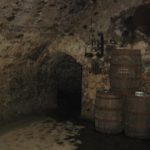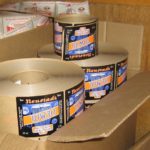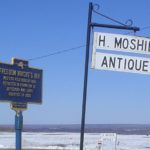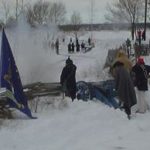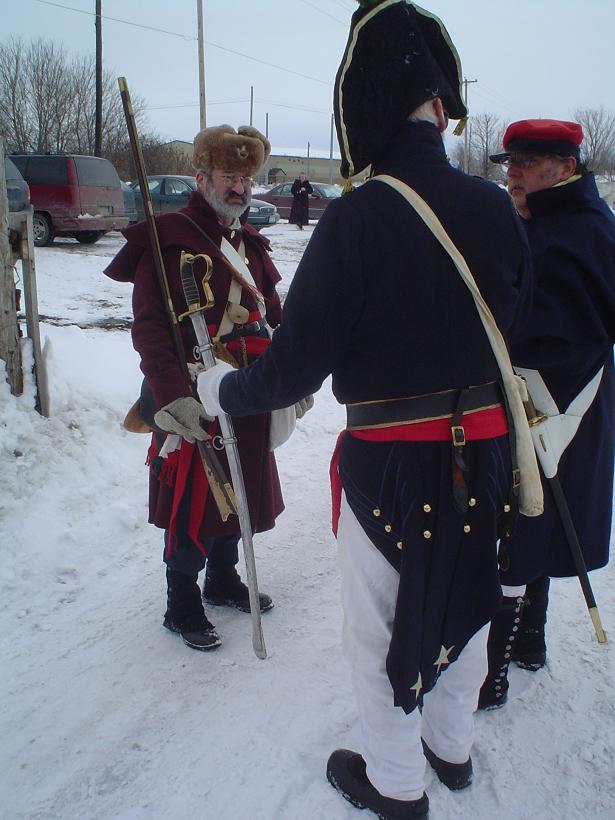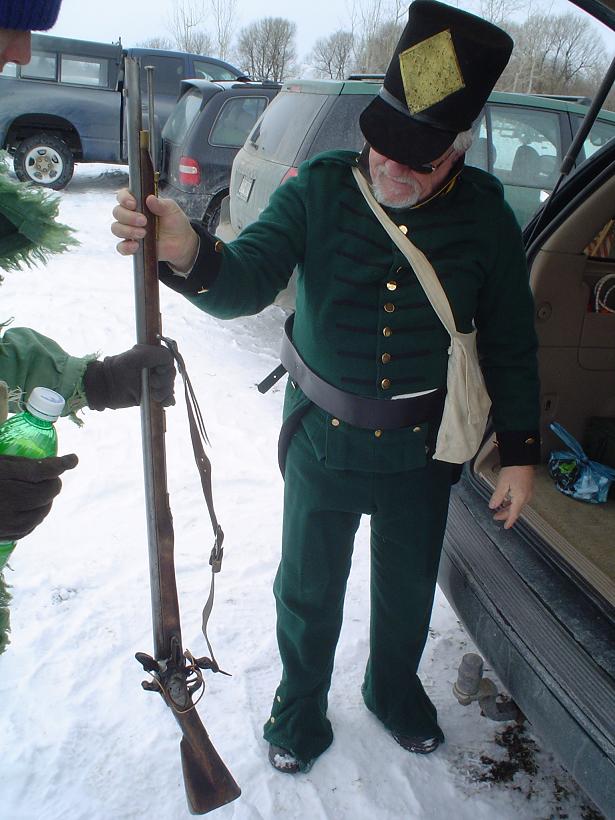 As I headed up from Stratford towards Owen Sound on a family tour, I knew that Neustadt was roughly on the way but I had to figure out the shift in the north-south concession lot roads from the north-west to south-east ones…and I got a little lost. South of Clifford on highway 9 I got my bearings again and soon was there. Watch out if you find yourself on School Road #7, though. I am glad I did find my way there as my whole family was treated to the sort of tour of Neustadt Springs Brewery by owners Val and Andy Stimpson, up and around the brewing equipment, that I really love and the others tolerate in return for all the other great things I do in life…really.
As I headed up from Stratford towards Owen Sound on a family tour, I knew that Neustadt was roughly on the way but I had to figure out the shift in the north-south concession lot roads from the north-west to south-east ones…and I got a little lost. South of Clifford on highway 9 I got my bearings again and soon was there. Watch out if you find yourself on School Road #7, though. I am glad I did find my way there as my whole family was treated to the sort of tour of Neustadt Springs Brewery by owners Val and Andy Stimpson, up and around the brewing equipment, that I really love and the others tolerate in return for all the other great things I do in life…really.
You may recollect that Neustadt’s 10W30 is a favorite of mine. Well, meeting the couple that make this brew was a real treat and also an education. We were shown their special import New Zealand hops, asked to grind a few pellets and shown which ones have hints of kiwi fruit and mango. Dandy. We were also given some of the short run Manchester Bitter to try and had a few secrets shared. I found it an excellent light beer in something of the light mild tradition. You will note there was only a bit left when I thought to take the photo of the brew.
After that, when the kids got a bit Dad’s-dragged-me-to-a-brewery…again, Andy said he’d take care of them and we all went off to the cellars. You see Neustadt is a 21st century micro sitting in and on top of a mid-Victorian brewery, the Heuther Brewery opened in 1868 or so and run by a cousin of the original operator of the now revived Heuther Hotel, another modern micro-brewery in Waterloo. In the basement we were shown the brewing area, the tunnels to the downtown area of the village as well as the one to the Victorian brewer’s home. We were also shown the air vents, below left, dug into the ground to keep the air sweet.
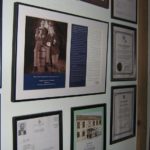

Great stuff. So now I got to support Ontario craft brewers while picking up a dandy 10W30 glass and t-shirt as well as a bunch of bottles fresh from storage. In the fall they are putting on a porter. Worth the trip if their other beers are anything to go by. Here’s the BAers take on the beers.






